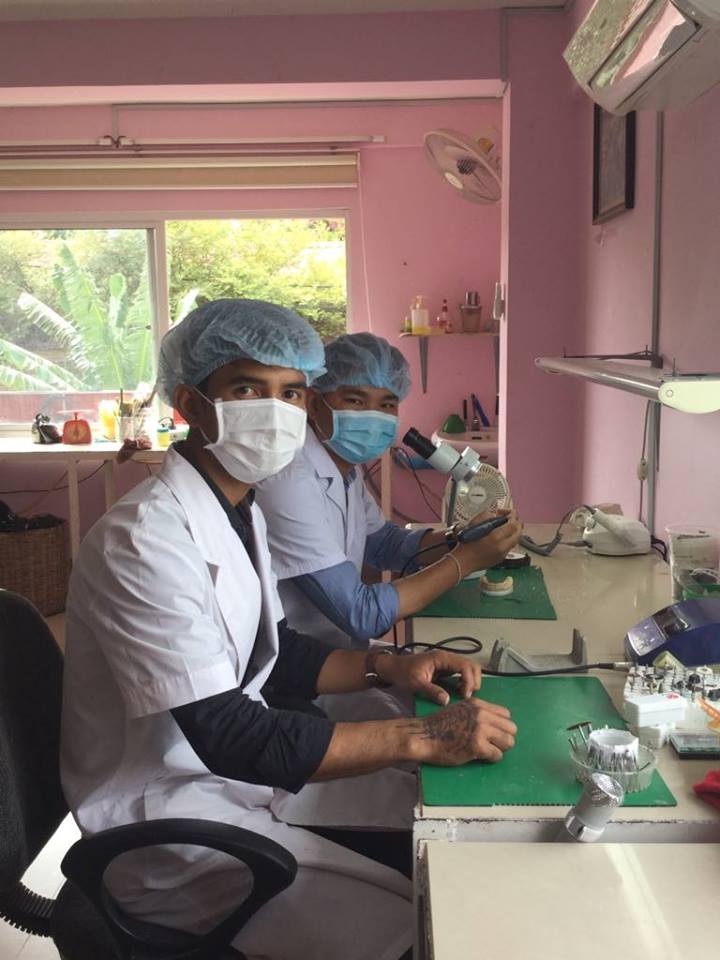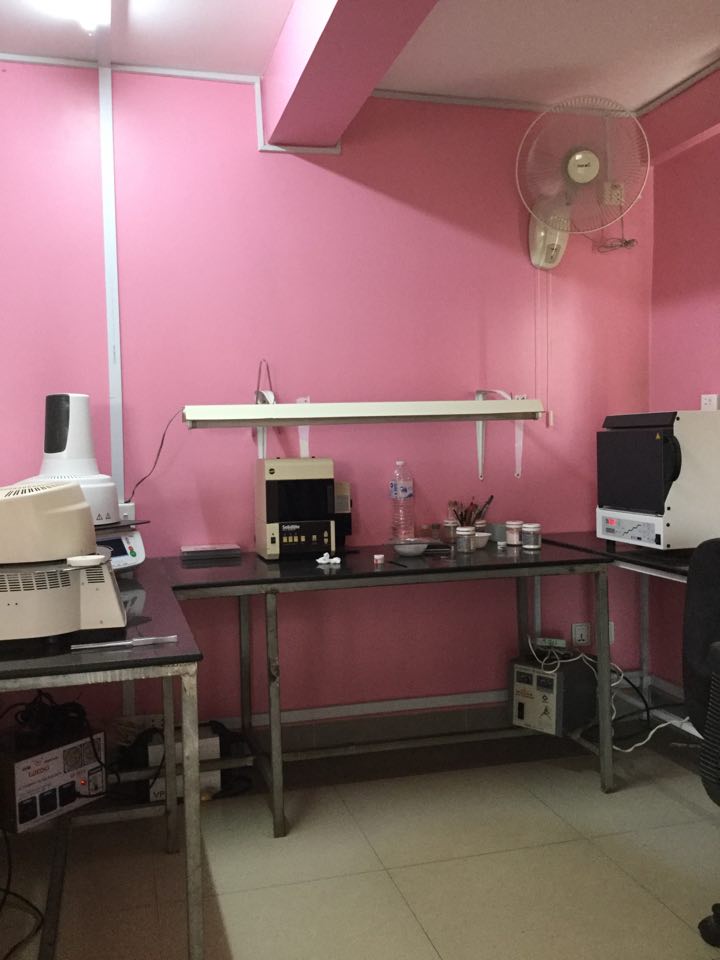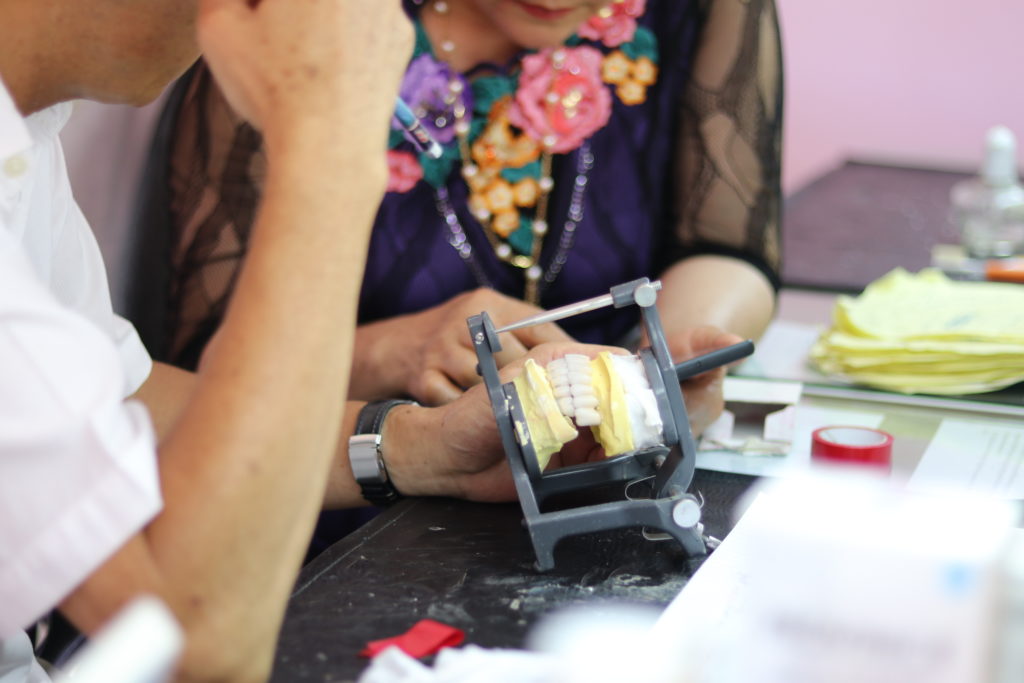Dental Crowns
If your tooth is damaged but not lost, a crown can be used to restore its shape, appearance and function. You may need a crown if you have a root canal, a large filling or a broken tooth.
With today’s advances in dentistry, there are several options when choosing a type of crown. The most common crown utilized in dentistry is referred to as a PFM or porcelain-fused to metal crown. For those that have sensitivities to metals or are worried about aesthetics, there are zirconia and E-max crowns, which are much stronger than a typical porcelain crown.
Of course all of these different options vary in durability, appearance and cost. Please contact our office for any further questions. We would be more than happy to find the crown that is right for you and your situation.
Ceramic Fuse to Standard Alloy (PFM)
Porcelain-fused-to-metal dental crowns (PFMs) have a metal shell on which is fused a veneer of porcelain in a high heat oven. The metals used are Nickel, Chromium and Cobalt.
Metal layer covering the tooth
Outer porcelain layer of the crown
Provides adequate strength 90 to 160 MPa
Reasonable Price
Metal edge is sometimes visible (dark line)
PFM crowns are composed of porcelain or ceramic fused to a metal base. A metal alloy is used to create a thin thimble-like cap that fits over the tooth. Porcelain is then fused to this metal substructure to form the overall shape of the crown and give it a white, natural-looking appearance.
All Ceramic Crown
Lithium disilicate glass-ceramic are suitable for the efficient fabrication of esthetic high-strength teeth restorations, such as veneers, inlays, partial crowns, crowns and bridges
Durable & high aesthetics
Strong ceramic material with 360-400 MPa of flexural strength
A greater thickness
Non-allergic
The E-Max crown is a type of all-ceramic crown and is preferred for its longer lasting, aesthetic qualities. It has an appealing translucent color that is combined with extra strength and durability. E-max crowns are made from a single block of lithium disilicate ceramic: this is a top grade material, which has been created for its toughness, durability and opaque qualities.
E-Max crowns are considered to be the best match with your own natural teeth. The transparent colour and lifelike shape ensures that it is unlikely to be noticed amongst your own natural teeth and is no metal alloy base, which means no unsightly looking grey line around the gum line.
Zirconium
Zirconia is a very hard ceramic that is used as a strong base material in some full ceramic restorations. By using crowns made of metal zirconia, then merge the porcelain on the outside, zirconia crowns allow light to pass as a normal tooth would and that gives a natural look.
Durable
Strong ceramic material
Good aesthetics
Non-allergic and no metals
Zirconia is a very hard ceramic that is used as a strong base material in some full ceramic restorations. The zirconia used in dentistry is zirconium oxide that has been stabilized with the addition of yttrium oxide. The full name of zirconia used in dentistry is yttria-stabilized zirconia or YSZ. By using crowns made of metal zirconia, then merge the porcelain on the outside, ziconia crowns allow light to pass as a normal tooth would and that gives a natural look.
How does a dentist make a dental crown for a patient?
The appointments for dental crowns usually require at least 2 visits:
1st appointment:
Involves shaping the tooth, taking its impression and placing temporary crowns.
Depending on the amount of crowns needed, the dental laboratory will fabricate the crowns in 5 to 15 days. For the express service please add USD $30 per crown.
2nd appointment:
The dentist will permanently cement the finished crowns in place.
Angkor Kampuchea Dentist offers crowns in E-max, porcelain fused to metal (PFM), or zirconium.



